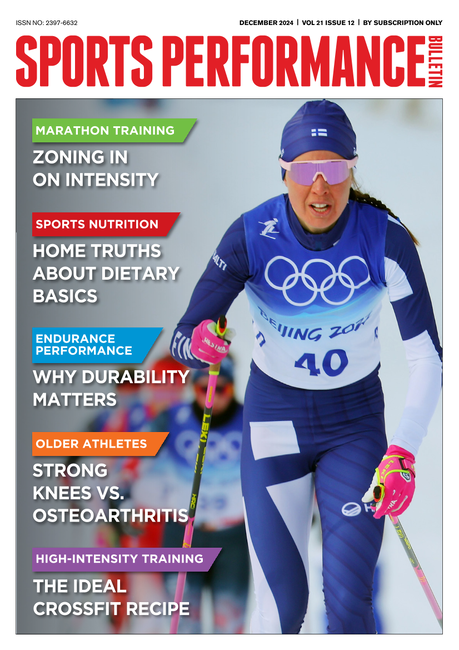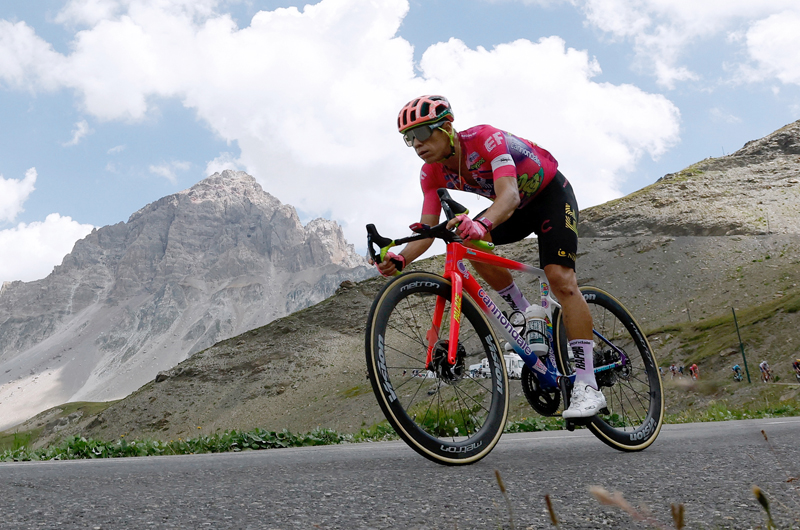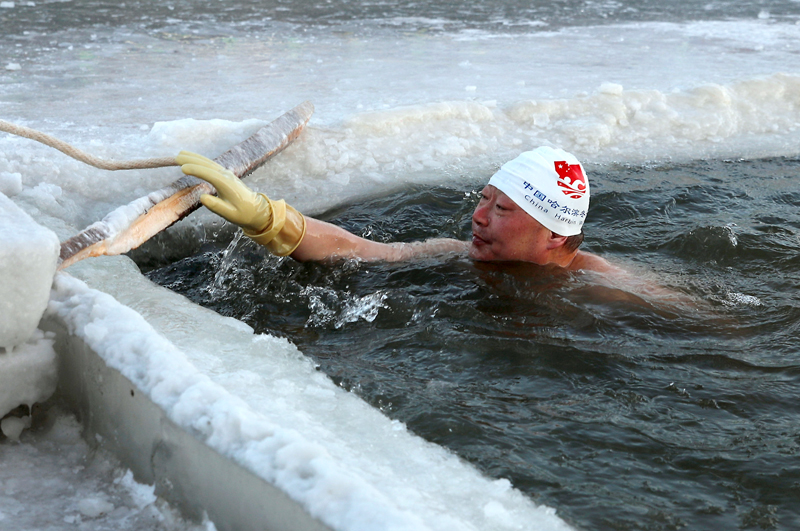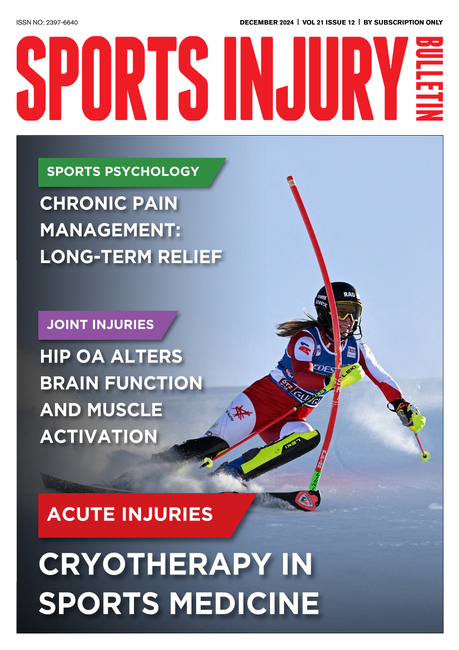According to popular wisdom, heat exposure damages exercise performance, while lowering body temperature improves it. But this theory has been cast into doubt by a new study which showed no difference in maximal exercise performance in healthy subjects exposed alternately to hot (35ºC) and cold (15ºC) conditions.
Eight physically active men performed three successive 15-minute rides on cycling ergometers at 30%, 50% and 70% of their peak sustained power output and then cycled at increasing work rates to exhaustion in both the hot and the cold environments, while researchers measured their skin and rectal (core) temperatures, heart rate and muscular activity.
Key results were as follows:
- There were no significant differences for maximal power output at exhaustion and time-to-exhaustion between the hot and cold rides;
- All skin temperatures were significantly higher throughout for hot than for cold and subjects felt more uncomfortable in the hot conditions. However, rectal temperatures were only slightly – and not significantly – higher;
- Heart rate was significantly higher in the hot group, but heart rate in both conditions increased similarly over time;
- There were no significant differences in muscle recruitment between the two conditions.
The key protective mechanism appears to have been the control of core temperature in the hot condition. For previous research has suggested that in hot conditions it is core temperature, rather than dehydration, energy production or metabolic rate changes, that is the critical factor limiting exercise capacity.
‘It appears,’ the researchers conclude, ‘that under our hot conditions, effective peripheral thermoregulation mechanisms controlled core temperature, resulting in an unchanged neuromuscular recruitment strategy.’
Pflugers Arch 2002 Sep; 444(6), pp738-43










